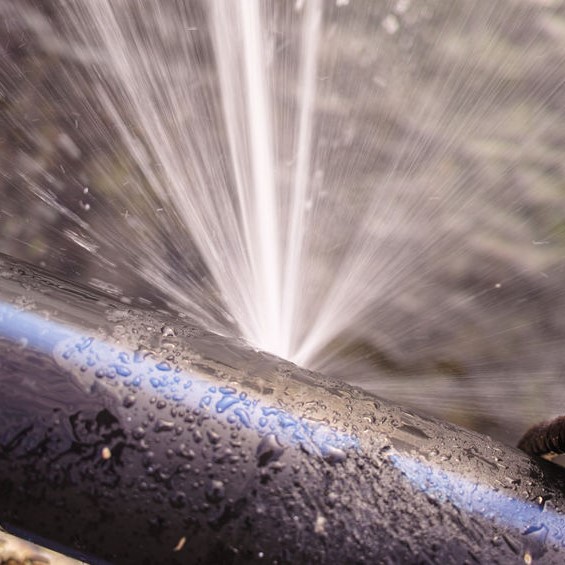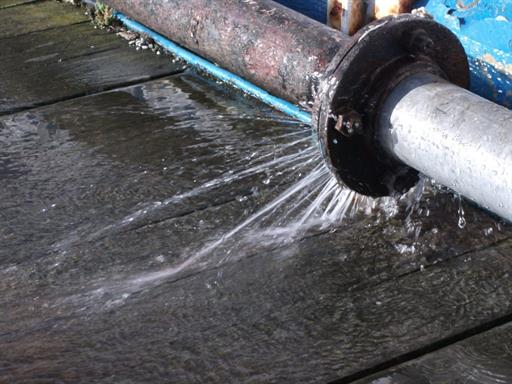This post following next relating to How to install a dishwasher safely is unquestionably engaging. Don't overlook it.

A ruptured pipeline is a significant emergency; you can only stand as you view water you pay very much to rejoin with the planet. In even worse situations, you observe a pool on your kitchen area floor, which is a terrific trip hazard, especially if you have youngsters around. If the pipe that ruptured remained in your walls, bad news: you might need to repaint that whole section.
Just how can a tragedy like a ruptured pipe be prevented and taken care of? Well, by paying attention to your expert emergency plumbers and complying with these guidelines.
Just how do I understand when my pipes have ruptured?
Rising and fall water pressures
Pipelines do not just burst in a day. You might have noticed that your kitchen area faucet or shower does not run right away when you transform the faucet. It may pause for a few seconds and after that blast you with more force than common.
In various other circumstances, the water might seem regular in the beginning, after that drop in pressure after a couple of seconds.
Damp wall surfaces and water stains
Prior to a pipeline ruptureds, it will leakage, most times. If this persistent dripping goes undetected, the leak might graduate into a wide wound in your pipeline. One easy means to prevent this emergency is to look out for damp wall surfaces advertisement water spots. These water stains will lead you right to the leak.
Puddles under pipelines and sinks
When a pipeline bursts, the discharge develops a pool. It might appear that the pool is growing in size, as well as no matter the number of times you mop the puddle, in a few mins, there's an additional one waiting to be cleaned up. Frequently, you might not have the ability to trace the pool to any kind of visible pipes. This is an indicator to call a professional plumber.
Untraceable dripping noises
Pipeline ruptureds can take place in one of the most unpleasant places, like within concrete, inside walls, or under sinks. When your home goes quiet, you might have the ability to listen to an aggravatingly relentless trickling sound. Also after you have actually examined your shower head and also kitchen area faucet, the leaking might proceed.
Beloved viewers, the dripping might be originating from a pipeline inside your wall surfaces. There isn't much you can do regarding that, except inform a specialist plumber.
Turn off the Water
When water freezes, it expands in quantity by regarding 9 percent. And it increases with incredible force: The stress inside pipes might go from 40 pounds per square inch to 40,000 psi! No pipeline can hold that much pressure, so it bursts. The break may occur where the ice types, but more frequently, it happens where water stress finds a vulnerable point in the pipeline. That might be inches and even feet from the icy location. Locate the water shutoff valve as well as shut off the water to avoid even more damages. You might also require to shut off the power too, depending on where the leaks takes place and also just how huge it is.
Polluted water
Many people think a ruptured pipeline is a one-way electrical outlet. Quite the contrary. As water drains of the hole or laceration in your plumbing system, pollutants discover their method.
Your water may be polluted from the source, so if you can, inspect if your water tank has any issues. Nonetheless, if your alcohol consumption water is supplied and also detoxified by the local government, you need to call your plumber instantly if you see or scent anything funny in your water.
What do I do when I identify a ruptured pipeline?
Your water meter will certainly remain to run even while your water wastes. To minimize your losses, locate the main controls and transform the supply off. The water mains are an above-ground structure beside your property.
How to Fix & Detect a Leaking Pipe
How Do I Know if a Pipe is Leaking?
Leak detection tests can help you determine if your pipe has a leak. Even if you don’t see an apparent leak, you should still conduct leak detection tests regularly to save water and money—and prevent major damage to your home.
Water meter. It can be helpful to figure out what your usual water meter usage numbers are and then monitor them regularly. To monitor your meter, first, turn off all water faucets in your home. Check the meter and write down the numbers. In a few hours, check the meter again. If the numbers have changed, you have a leak. Water gauge. Use a water gauge to test your water pressure. Your showerhead should produce a certain amount of water pressure based on its model and design. If the pressure is lower than it is supposed to be for that specific showerhead, your home likely has a leak. Puddles. Look inside your bathroom, laundry, and kitchen sink cabinets. Puddles around the cabinets or around toilets, tubs, showers, and washing machines indicate the presence of a leaking pipe. You may also notice loose tiles, peeling or flaking paint, or mold caused by water accumulation. Napkin test. Even if you don’t see any puddles, you may still have a leak. You can test for water leaks in the bathroom, laundry, and kitchen by wiping below-sink connections with a napkin, paper towel, or piece of toilet paper. If it becomes damp, you probably have a leaking pipe under the sink. Discolored walls. Walls that are discolored—usually with brown or yellow stains—or bulging might mean that they have been impacted by water damage caused by a leaking pipe. Smell. A leaky pipe will create sitting water, and over time, that water may develop a musty smell. If your home smells musty, but you can’t locate the source, it may be due to a leak. Steps for Fixing a Leaking Pipe
A leaky drain can be remedied by tightening the pipe base, replacing the drain seal, caulking the rim, and tightening the pipe nut. Similarly, a leaking toilet pipe can be treated by tightening the packing nut. You may also need to replace the valve. A leaky faucet may just need tightening or replacement of the washers. If that doesn’t work, consider replacing your faucet. If your pipe has a hole in it, you may want to use a pipe leak sealer or pipe leak tape. This quick fix for water pipe leaks can also temporarily fix a copper pipe leak. https://www.ahs.com/home-matters/quick-tips/how-to-tell-if-pipes-are-leaking/

Do you appreciate more info about What to Know Before Installing a Dishwasher? Put a short review directly below. We would be delighted to hear your thoughts about this posting. Hoping to see you back again before long. Make sure you take the opportunity to share this blog entry if you liked it. Many thanks for taking the time to read it.
Don't delay; get expert help.